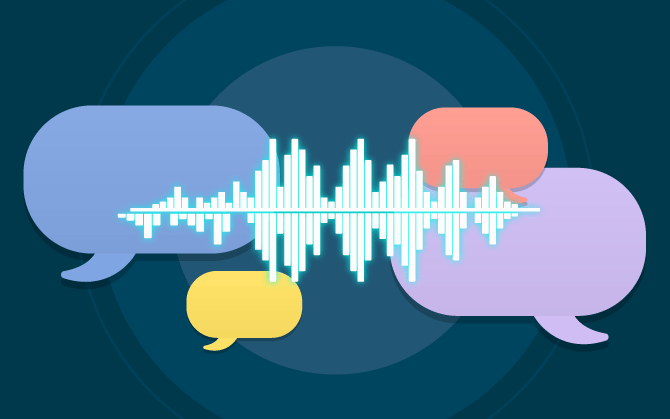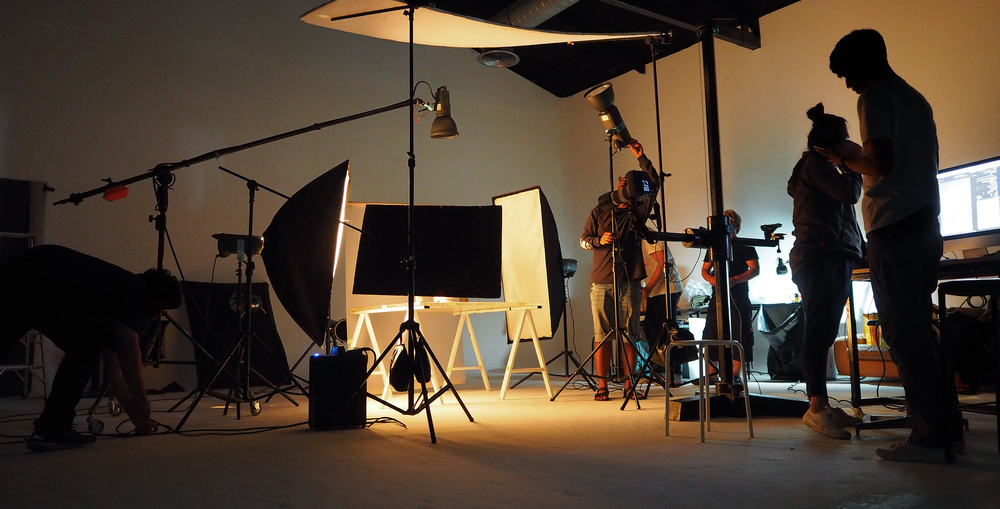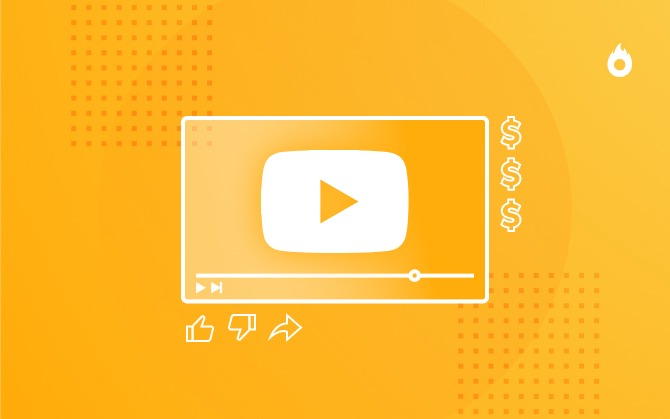
Do you know what sound design is? Understand its importance for audiovisual productions
Capturing and editing sound are key to engage and retain a video’s viewers.

What will we see in this post
Have you ever wondered what the Star Wars saga would be like without the sound design effects used for the lightsabers?
Or what Jurassic Park would be like without the frightening roar of the T-Rex?
And how about all of the sound effects of monsters and battles in the Lord of the Rings trilogy?
In these few examples, you can see how important sound is in a production, right?!
Let’s forget about movies for a moment and focus on smaller web productions, for example, which also benefit from sound quality.
Capturing and editing are key for the final result of a successful internet video. In this article, you’re going to understand it better. Check it out!
First of all, what is sound design?
Sound design is the technique of artificial reconstitution of acoustic effects that accompany a certain action.
Basically, it consists of creating natural sounds by means of objects and materials in order to produce animal-like effects, action movements (walking or jumping), the handling of objects (weapons, for example), natural elements (water, earth, wind or fire), among others. This practice, in the world of cinema, is known as Foley.
A good way of seeing how this works in practice is offered by Foley Artist Gary Hecker.
In the video below, Hecker, who has worked on important movies, such as Star Wars and The Terminator, demonstrates the creative process of sound design effects, by using common materials, which in theory, are not related to the sounds we hear:
The sound reinforcement system is done by a program that produces these effects created artificially in order to simulate, in a studio, the real object to be represented. The sound has to be believable and the professional with this skill is called a sound designer.
What does a sound designer do?
Sound designers are sound artists. They work in radio and TV stations, production companies or any place that requires their professional expertise in support of production or direction.
Currently, most sounds need to be created in the studio by these professionals. There are databases with thousands of cataloged stock sound effects such as, common ambient, office, kitchen, animal, vehicle, explosion, nature and spell sounds, among others.
However, good professionals create their own catalog of effects, which make them different from other experts due to their creative and innovative responsibility.
To better understand what the sound designer profession is like, check out the video below, with Warner Bros. sound designers talking about the creation process and what the profession involves:
Why is sound design so important?
Movie sounds are never merely an accompaniment, never merely what the recorder captured when the scene is shot. The real sound isn’t merely added to the image, it multiplies it. – Akira Kurasawa
The above quote helps define the fundamental importance of sound design as a complement to the video.
One way of understanding the soul that sound design provides to the video is observing what director Steven Spielberg (who has won an Academy Award twice) says about John Williams, famous for the soundtrack of iconic films, such as Star Wars, Jaws, E.T., Indiana Jones, Superman, among others:
Check out why sound design is crucial for the content:
It brings life to the content
Sound effects are vital to provide drama to a scene.
Watching a movie without sound effects, for example, would be like giving up on the audience’s attention, not only because of technology – after all, even at the time of silent films there were live sounds to help tell the story –, but also because of the question of drama itself.
For example, we can perceive the emotional state of a person who slammed a door by the bang the door made. Or have a good idea of the height from which an object has fallen just because of its noise.
It aligns the narrative in relation to what viewers should feel
In the musical world, for example, sound designers also have a key role. Not in composing music, but how it is integrated to the action, and especially, in the audience’s reaction.
Professionals understand the content and thus, are able to capture which moments of the music require softer effects and which ones need stronger effects. Making certain feelings and emotions emerge from the audience.
And it’s no different with movies. Every scene is thought out in terms of image and sound – the latter always complementing the content of the image.
It helps hold the audience’s attention
Just like the lighting, sounds are also responsible for manipulating our emotions, directing them towards what the sound designer intends.
Certain sitcoms use a laugh track or applause to induce the audience to laugh at the punch lines on cue.
Also, our ears guide our eyes. None of us was born with 360º vision, but we can hear in all directions.
The secret to holding the audience’s attention, in this sense, lies mainly in their hearing.
Thus, in order to hold their audience’s attention, directors and sound designers define how to use their sounds creatively to tell their stories better, amplifying the experience of their audience because of the images and sounds developed.
How do I decide on the soundtrack for my video?
The soundtrack of video content, as you have seen in this article, is a key aspect to increase your audience’s engagement and interest.
Well-structured scripts not complemented by good sound design, end up losing a lot of the potential they could have of engaging and attracting your audience’s interest.
In the same way, there’s no use in having a rich and well-developed soundtrack, but that isn’t involved with the content at hand.
Therefore, sound design and content are complementary and equally important items when it comes to producing moving and engaging content that increases your company or channel’s reach.
However, If you happen to be working on home-made videos, here is how to make them look more professional.




